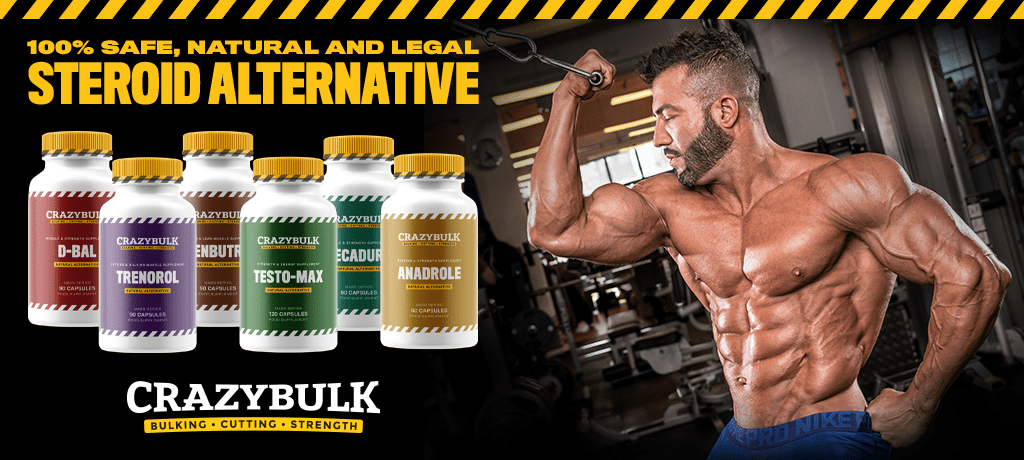Working out shoulders can be a little boring for me sometimes, I mean it’s easier than working out legs, back or even chest but harder than working out arms, for a while I didn’t work out shoulders because I thought I didn’t need to just because (in my case) my traps grew fairly easy. I mean all it took to work them out were 3 sets of 8 reps with one exercise, plus to be honest I thought that working out shoulders was a waste of gym time and money, Why not work out legs twice a week instead of doing shoulders once? They’re easy to do; I used to tell myself but as time starting going by I realized that I had made a huge mistake because shoulders are one of the most important body parts there are and if you don’t develop them you won’t have an award winning physique.
Every single person that goes to the gym to build their body wants to have what we call a V Taper because without one you can’t have an Olympia caliber physique, Having a taper means to have your upper body in a V shape or in other words your shoulders are wider that your waist giving your body an illusion that it’s really wide (Wider than usual), if you have the legs to go along with it you have what we call an X frame. Well, you can’t have a V taper without shoulders; if you look at any bodybuilder’s picture you can see that they look massive and wide as a wall and even though they are it’s all an illusion that they create with their body, you also need a barn door back to go along with it but you probably work out back enough already so no worries there.
Think about it this way: If you have a 30 inch waist with 42 inch shoulders you won’t look tapered but if you develop your shoulders to 50 inches with the same waist size you are bound to look amazing and wide, now don’t think it’s all about the shoulders because the waist is just as important as the shoulders just imagine a 50 inch waist with 50 inch shoulders it’s not going to look good at all. In order to develop massive round shoulders like Phil Heath’s you need to develop the 3 parts of the muscle; Anterior, Lateral and Posterior.
Anterior: This is the front head of the deltoid, it is the easiest to develop because it’s usually worked out while doing pressing movements during chest routines that include exercises such as bench press or incline press, to make them grow even more try to incorporate heavy presses in your shoulder workouts such as military press both standing and sitting, also try doing isolation movements such as front raises with a bar or dumbbells.
Lateral: These consist of the middle part of the shoulder or the side deltoid as many people call it, the best way to work it out is by doing side laterals in their different variations such as sitting, standing, leaning on a bench or even with cables the important thing here is focusing on the negative part of the rep trying to hold the weight and not dropping it instantly.
Posterior: The posterior part of the Deltoid is the most ignored muscle in the whole body but it’s just as important as any body part just because you can’t see that particular part of the deltoid it doesn’t mean it’s not there, if you don’t believe me go stand in front of your bathroom mirror and do a front relaxed pose (Google may help here), a few months ago I hit it after I was out of the shower and I was shocked and embarrassed because I didn’t have any back deltoids, the pose looked awful and that’s when I decided to incorporate back flys, heavy shrugs, upward lifts etc. into my workouts so I could develop the posterior deltoid. Please don’t ignore any section of the deltoids because honestly if you don’t have the 3 sections of the muscle equally developed you won’t have a taper and it simply won’t look good.
I learned my lesson, shoulders are important and they need to be worked out each week, since mine are lacking I’m doing them 2 times a week and it seems to be working, they are not a big muscle group so they heal quickly, try training heavy as possible with compound movements (Presses) on routine 1 and try going for reps with regular weight on routine 2 (Isolation movements).

